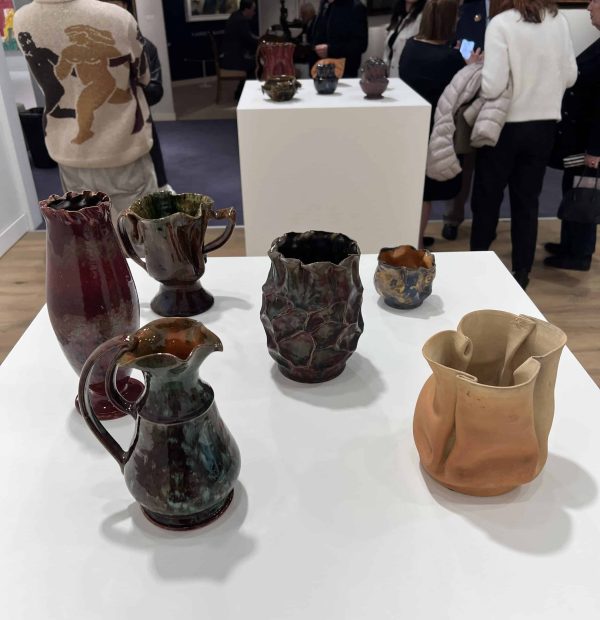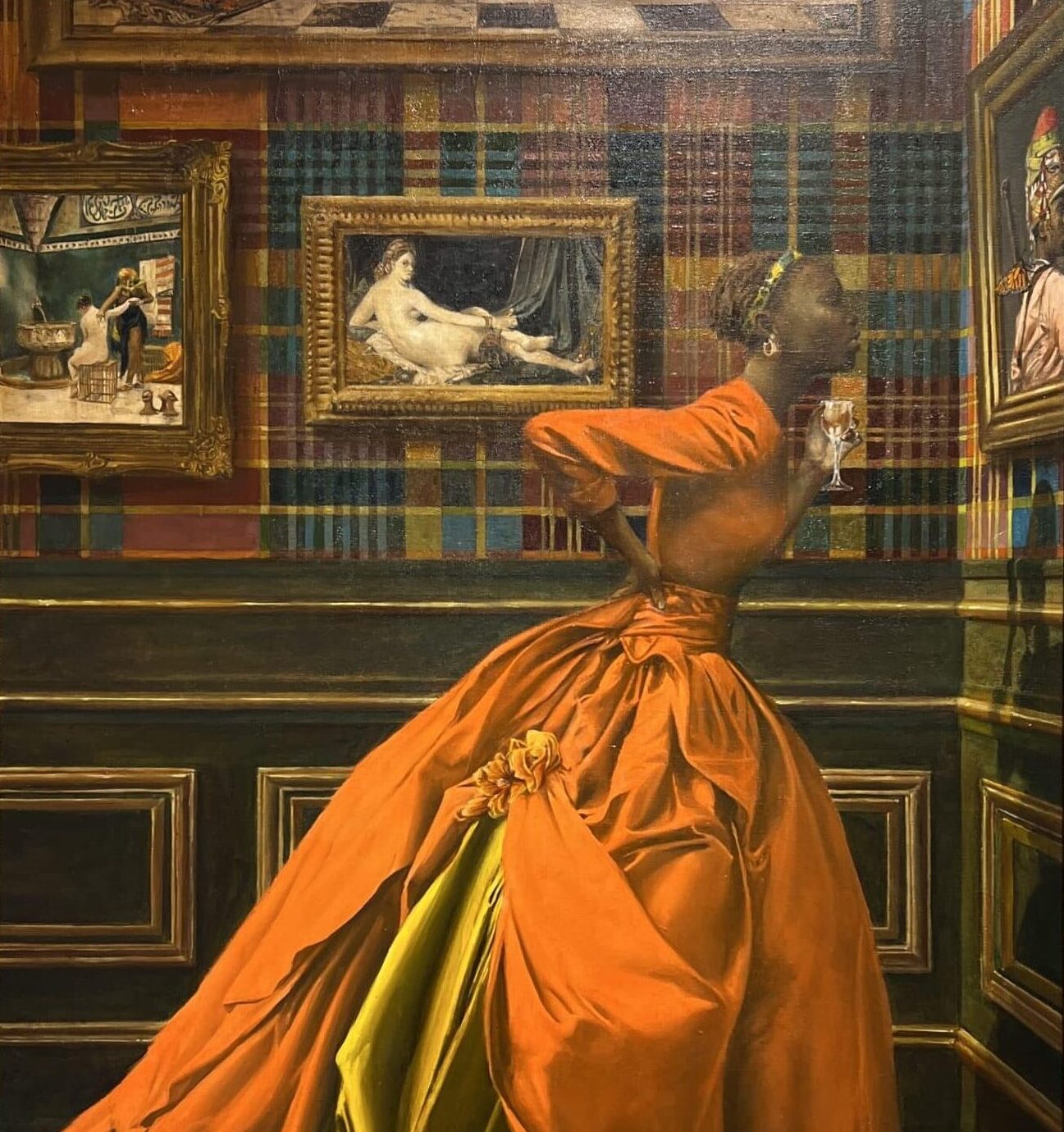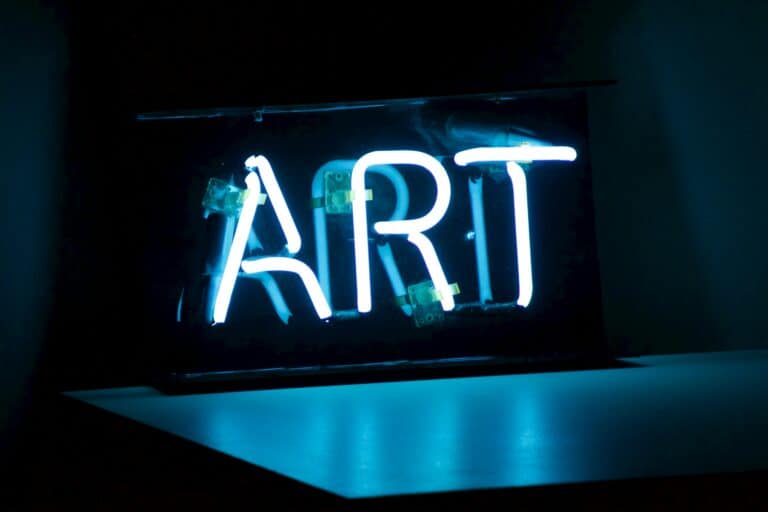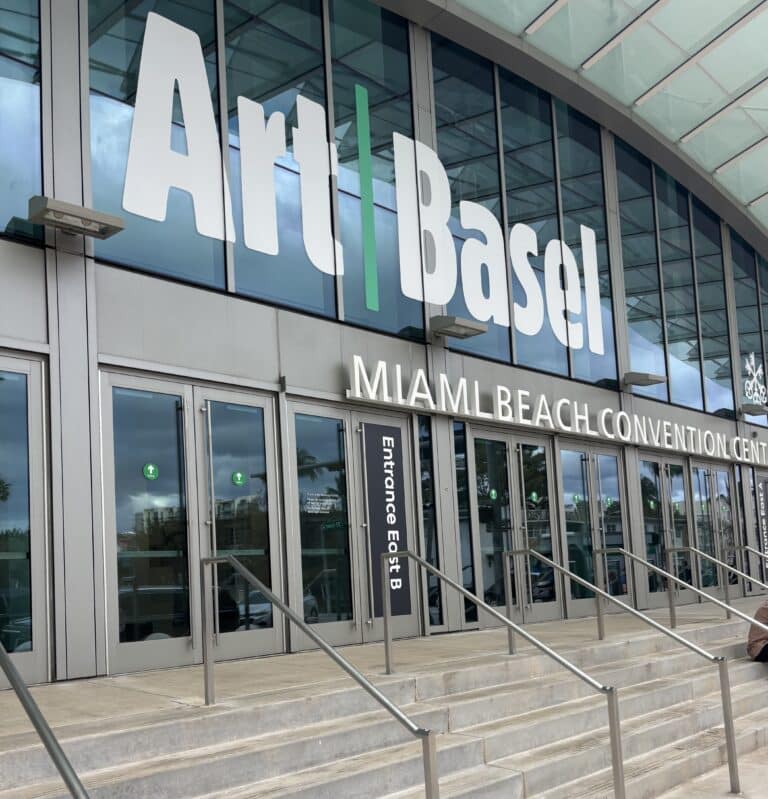This year marks the 10th reprise of TEFAF New York, which was held from May 9th to 14th at the historical Park Avenue Armory. Across the fair’s 89 exhibitors, which span 15 countries, objects and artworks ranging from antique furniture to modern paintings took the stage. As with prior years, the design of each booth and the fair at large exuded a feeling of splendor and opulence that has become synonymous with the Upper East Side event. Whether it be the signature, lavish floral arrangements littered throughout the Armory or the provision of oyster and champagne bars (for purchase, of course), TEFAF does not shy away from encouraging indulgence in all aspects of art and life.
Interestingly, this year’s showcase coincided with the 100th anniversary of the Surrealist Manifesto. Perhaps, this subconsciously influenced my own experience at the fair, as I couldn’t help but notice the recurring prevalence of the genre among the expansive oeuvre. Indeed, TEFAF may not be the most progressive nor subversive art fair in New York; instead it seems to reinforce, as opposed to challenge, the idealization of canonical art styles in the status quo. Aside from Surrealism, this can be traced in the pervasiveness of other well-known movements highlighted at the fair as well, such as Cubism, Abstract Expressionism, and Pop Art, to name a few. Certainly, this is not to say that this automatically diminishes the value of TEFAF (from a monetary standpoint, the opening sales release clearly begs to differ). Rather, this is simply a consideration to keep in mind. Food, or art, for thought, if you will.
With all that being said, here are some exceptional works that caught my eye:
Joan Snyder at Thaddaeus Ropac

Joan Snyder has been making waves in the art market, and her displays at TEFAF speak to her continued influence, with all works on view at the VIP Preview selling before the night’s end. There is a pronounced vigor to Snyder’s compositions, a certain dynamism to the passionate brushstrokes and bold pigments that anatomize the canvas. There is also a precise, unexpected referentiality traced amidst the abstract forms. Her metaphysical symbols cannot be clearly placed by the passing eye, but undeniably carry emotional weight and corporeal impact.
George Ohr at David Zwirner

Giorgio Morandi and George Ohr might seem like an unorthodox pairing at first glance given their geographical and temporal dissonance, but David Zwirner reconciles the two in a rather eloquent, compelling, and complimentary exchange. Even so, it was Ohr’s transcendental ceramic sculptures that stood out to me most. The deep tones and intriguing forms of the vessels not only bolstered the allure of Morandi’s muted still lifes, but also activated a whimsical grandeur of their own. The various vases, jugs, and cups resemble those taken straight out of a fairytale, glazed with the marked essence of a poisoned apple.
Elizabeth Colomba at Venus Over Manhattan

Venus over Manhattan’s debut at TEFAF 2024 showcased a plethora of contemporary and historic works. One notable addition to the booth were the pieces by Elizabeth Colomba. Their striking intricacy and elevated subversion of the Renaissance gaze and classical style, as evident in Orientalism – Plate 1, pose questions on the tension between looking and being looked at, historical lineage and personal heritage, art and real life. The subject in the painting is not receptive to our perusal. In a clever metanarrative, she is presented as an autonomous spectator of the arts, just as we are.
Mira Schendel at Nara Roesler

Nestled behind Norberto Nicola’s striking textile abstractions at Nara Roesler’s booth is a less colorful, but equally riveting work by Mira Schendel. Typography as an artistic medium has been making a resurgence in recent years. The fluidity of this particular monotype disrupts the gridlike syntax and preconceived chronology of language. Schendel’s calligraphy is frayed and almost indiscernible, its smudged and stained edges kissed by the gentle flame of a human hand.




